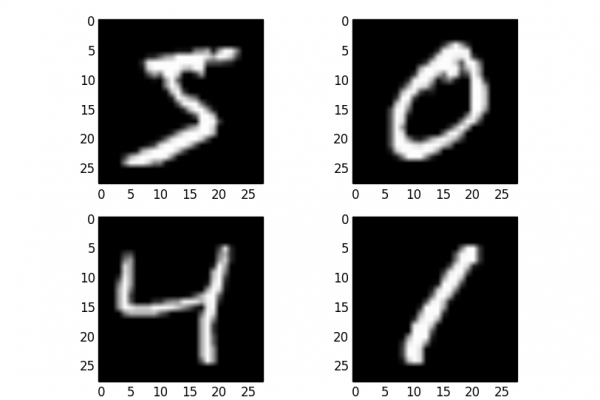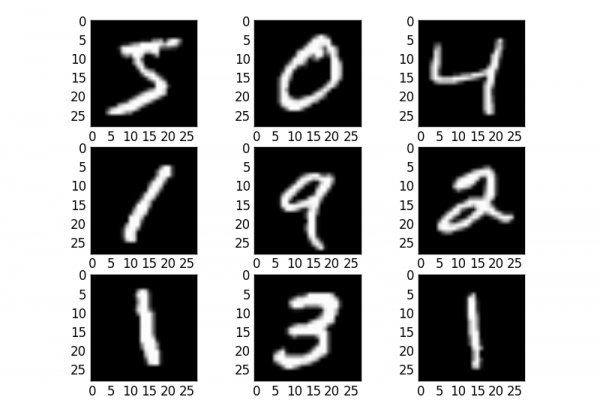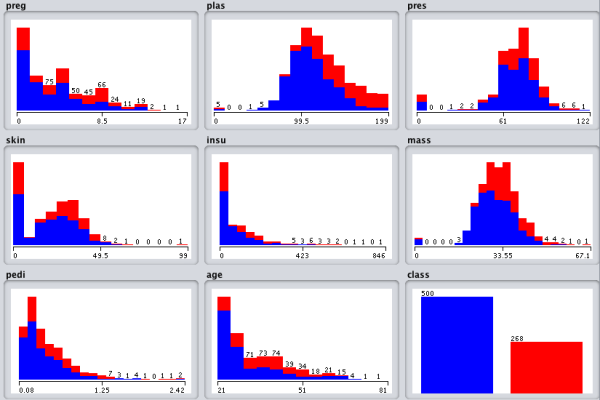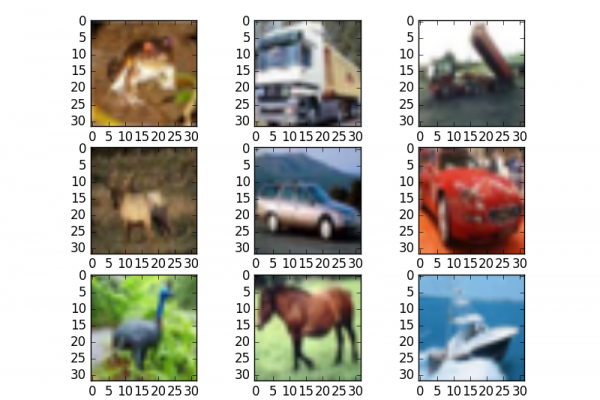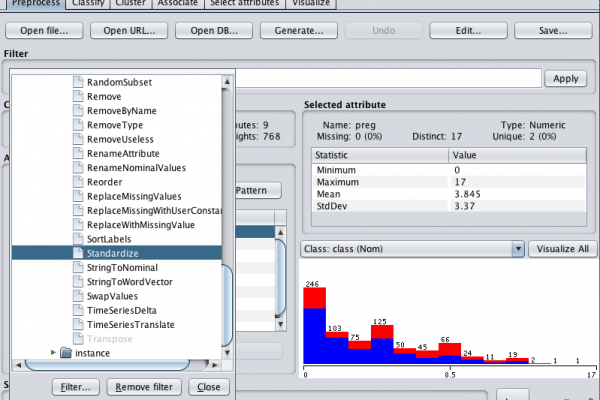Crash Course in Convolutional Neural Networks for Machine Learning
Last Updated on August 19, 2019 Convolutional Neural Networks are a powerful artificial neural network technique. These networks preserve the spatial structure of the problem and were developed for object recognition tasks such as handwritten digit recognition. They are popular because people are achieving state-of-the-art results on difficult computer vision and natural language processing tasks. In this post you will discover Convolutional Neural Networks for deep learning, also called ConvNets or CNNs. After completing this crash course you will know: […]
Read more
